Living with Six Volts - Classic Car Electrics
The six volt electrical system, that came as standard on the VW Beetle and VW split screen van until 1967, has long had a poor reputation. There have been a huge number of articles over the years, about converting your car to 12v with a 6v to 12v conversion kit which would lead anyone to conclude that Volkswagen six volt electrics must be an absolute abomination. But is it really so awful? While it's clearly not entirely up to modern standards, I'd say it’s not half as bad as you might have been lead to believe. It’s well worth considering how to live with a six volt system and to ask what improvements can be made to it.
Ultimately, it comes down to what you want out of the car - obviously you can make all kinds of modifications and improvements to make it faster, more comfortable and so on - but if you do place some value on originality and want the full 'old car' experience, then read on.
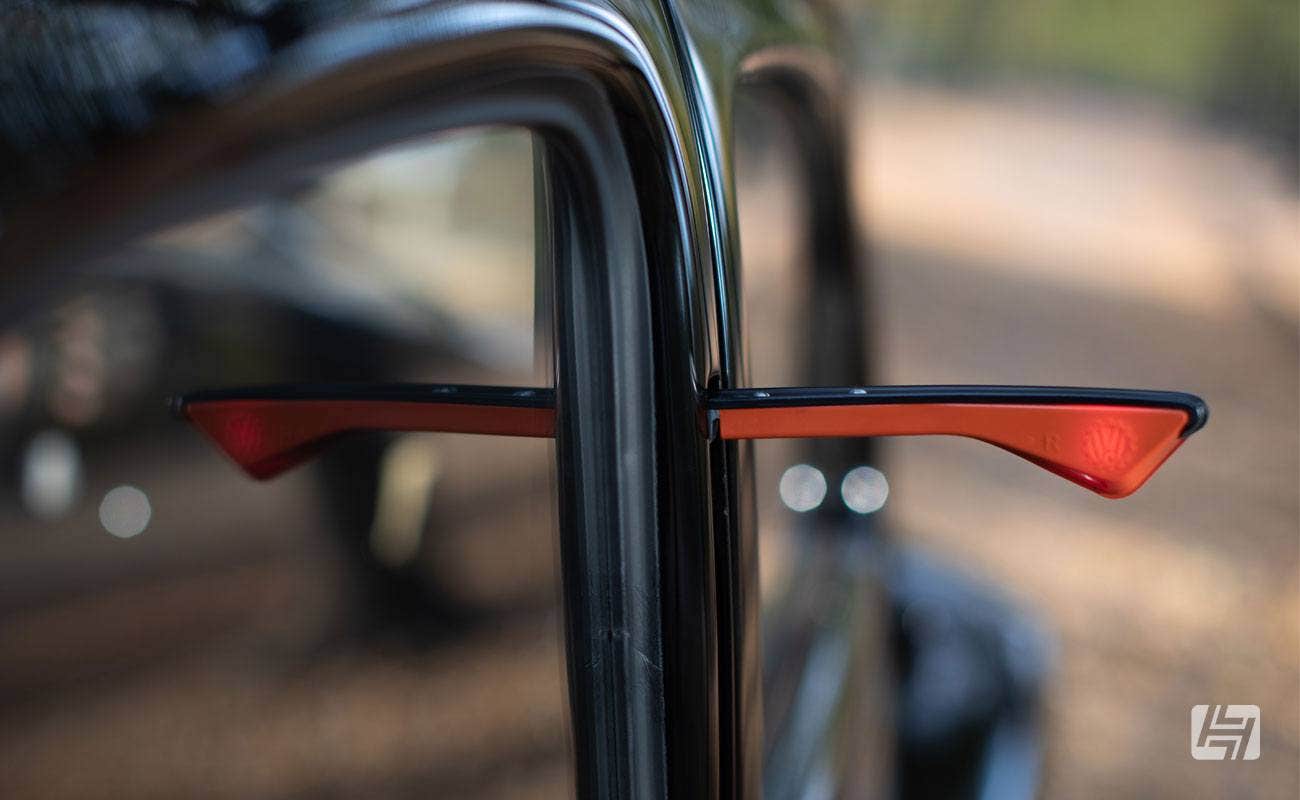

If it ain’t (all that) broke – don’t try to fix it
Why would you consider staying with six volts? Originality is one reason and another would be “if it ain’t broke, don’t try and fix it”. If your car is functional with six volts, then there needs to be a pretty compelling reason to mess with it. You should bear in mind that it will cost you a not insubstantial amount of money to properly convert a car to 12v. The list of parts you’ll need to do the job properly is quite long and not everything will be compatible. Running 12 volts through a 6v starter will work – for a while – though on one of my old cars, its high-speed spin eventually tore the teeth off the flywheel (fitting the 12v solenoid would have helped with this). You’ll have to change the starter bush in the gearbox too. Fortunately 12v starters are available to fit a six volt flywheel, which is a far better solution. If your car still has it’s original early 30hp motor, it won’t be possible to fit an alternator, as it won’t fit on the pedestal. Your only choice there is to either find a Porsche 356 12v dynamo, or have a 6v VW dynamo rewound to make 12v. Chopping your wiring about and adding voltage droppers to get things to work properly isn’t ideal either. So that’s the “why not” part of it.
So how do we set about making everything work properly? The most important thing to remember is that many 6v problems are caused by a bad earth connection. Faint taillight? Probably a bad earth. Horn not working? Probably a bad earth…. you get the idea. It’s always the first thing to check. A lot of issues can be fixed this way, by cleaning up connections and checking wiring. You'll be wanting to invest in a voltmeter.
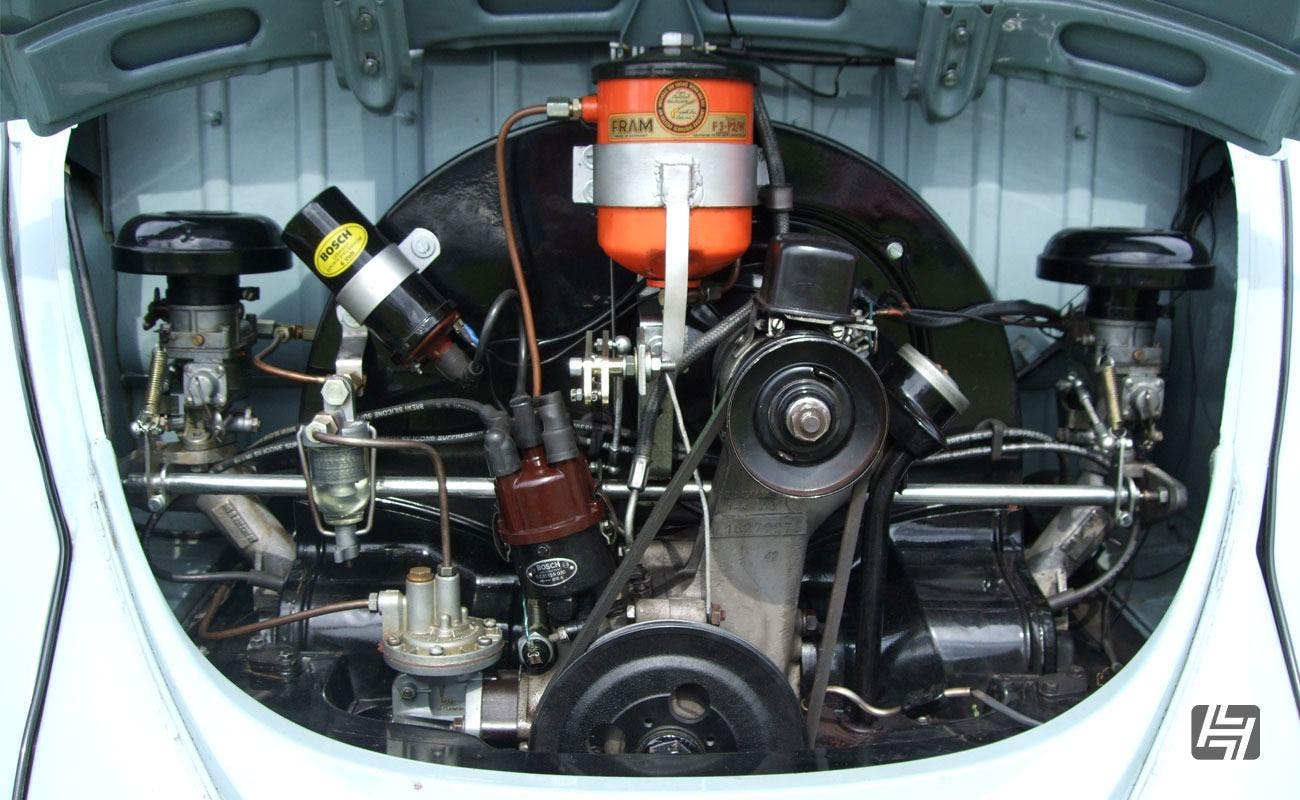

6v Battery
A 6 volt classic car battery should be just as reliable as any 12v item. Though that’s not to say that you should just ignore it. The car will more than likely be used less regularly than a daily driver and particularly if it’s laid up over the winter, then it would be a worthwhile investment to get a battery maintainer/trickle charger and leave it plugged in. It’s also a good idea to check on the condition of the earth strap and make sure the terminals are clean and secure.


6v Lights
Lighting is probably the worst aspect of a six volt car. The headlights really are pretty awful. You can get around the problem to some degree by simply driving around with high beam on at all times, but it’s not ideal and still not all that bright. Help is at hand though, in the form of 6v halogen bulbs. These are a vast improvement, but be sure to check if you have the regular, or round fitting bulbs. Also, they’re a little longer and can interfere with the small central reflectors that are clipped inside the headlight bowls. These may need removing, since they’re in any case no longer needed. Check your headlight connections (link) too, to be on the safe side. The old sprung loaded type connectors can get weak and are easily (and reversibly) replaced with modern type parts. Something else that will help are 6 volt LED bulbs that can be used elsewhere on the car. While not the most authentic of parts on a 1950s or 60s car - I realise it's contradictory to talk about originality and then LED bulbs - but bulbs are very well hidden, with the big advantage that they draw less power and since you’re fighting for every volt, then LED stop and tail light bulbs will certainly help the cause. 6v LED headlight bulbs are a relatively new thing and I can’t say if they will fit a classic VW or not. I’d check your local regulations regarding legality too. Taillights can also be a cause of trouble, particularly on the VW Bug, due to the way they are fixed to the rear wings, with a rubber gasket. Over time, if you live in anywhere with a damp climate, rust can form under the nuts that hold the light units in place and eventually cause earthing problems. An extra earth wire to the body could probably help with this. Just be careful if using LEDs for the indicators, as they can cause issues with indicator flashing speed, due to the change in resistance. An extra resistor and an electronic flasher unit would probably help with that, to replace a bi-metallic strip type. Another tip would be to get yourself a few spare bulbs to take with you too, since you aren’t going to be able to just pick them up at the usual spare parts places when you’re on the road.
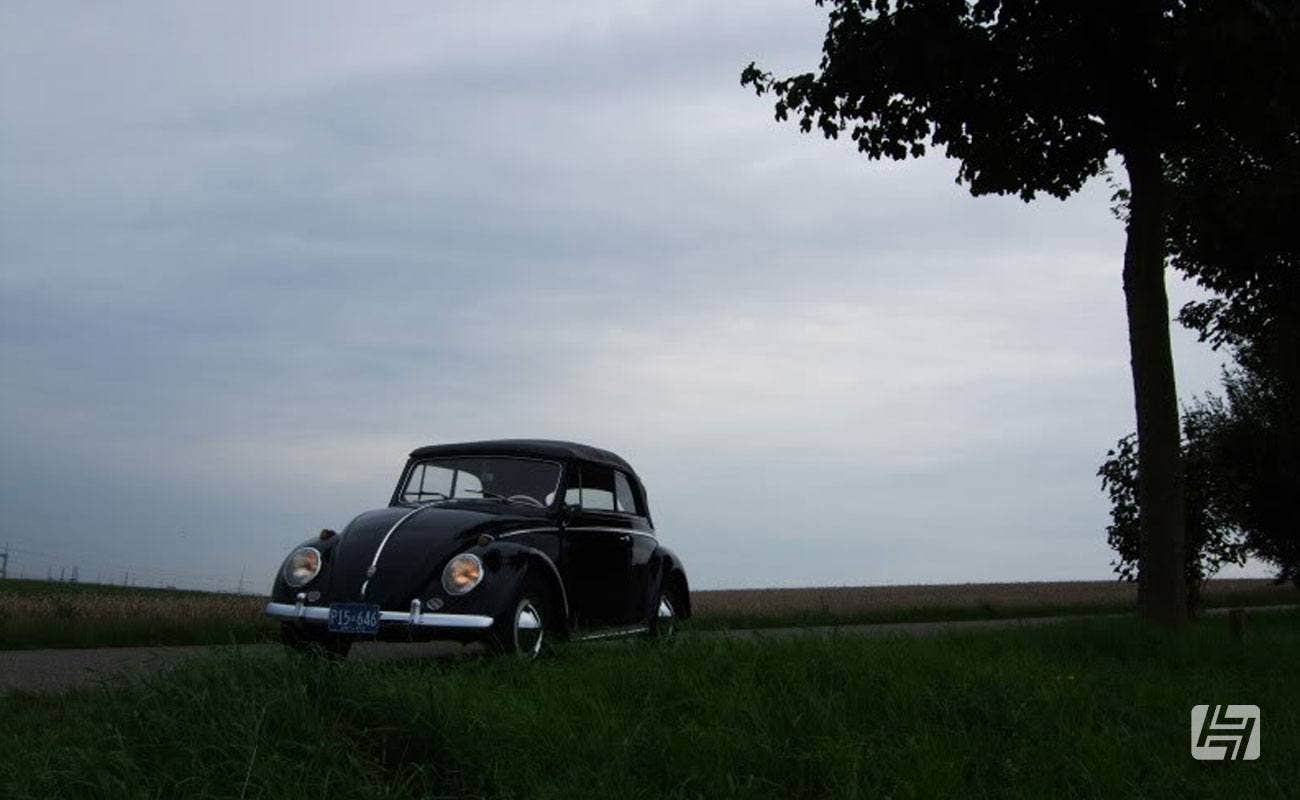

6 Volt Starter Motor
If your 6v starter motor no longer seems to be at its best, then – as above – there’s a good chance that the earth connection is bad. As the starter is fixed to the gearbox, which is itself isolated on rubber mounts, there’s a braided copper earth strap at the front mount that really needs to be cleanly connected to the chassis. These are often mangled by old age or DIY mechanics and can end up a bit of an oil saturated mess. Easy to replace though. If it does turn out that you do need a replacement six-volt starter, then there are options for that too. It may also be that the starter bushing in the gearbox is worn out, so don’t forget to check that before you splash out on a new starter.
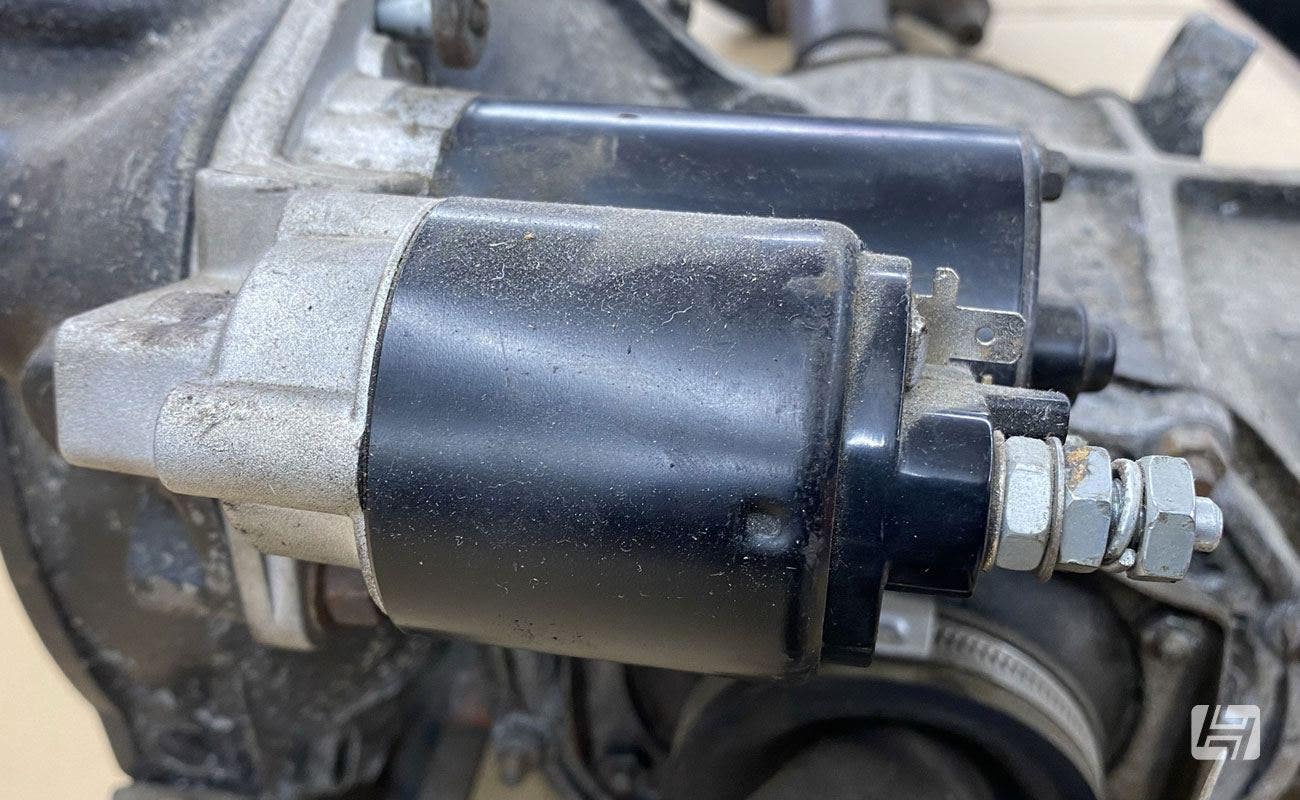

In Car Entertainment
Assuming that you’re content with the quality of sounds you can get from a stock vintage radio and speaker, then certain vintage radios – notably Blaupunkts – were already factory fitted with a port that will accept an adapter cable from a phone. It is meant to be possible to charge a phone from a 6-volt system, but you’ll have to do your own research into that. Keeping a fully charged up power bank to hand would be less trouble. A portable bluetooth speaker would doubtless give better results than the puny original single speaker too.


6v Horn
If your horn stops working for no obvious reason, it could well be down to the connection in the middle of the steering column, under the fuel tank, which tends to corrode. A bit of cleaning of the terminal will often see it working again. That said, horns are exposed to a lot of dirt under the wheel arches and so if the earth connection doesn’t fix it, then new horns are available.
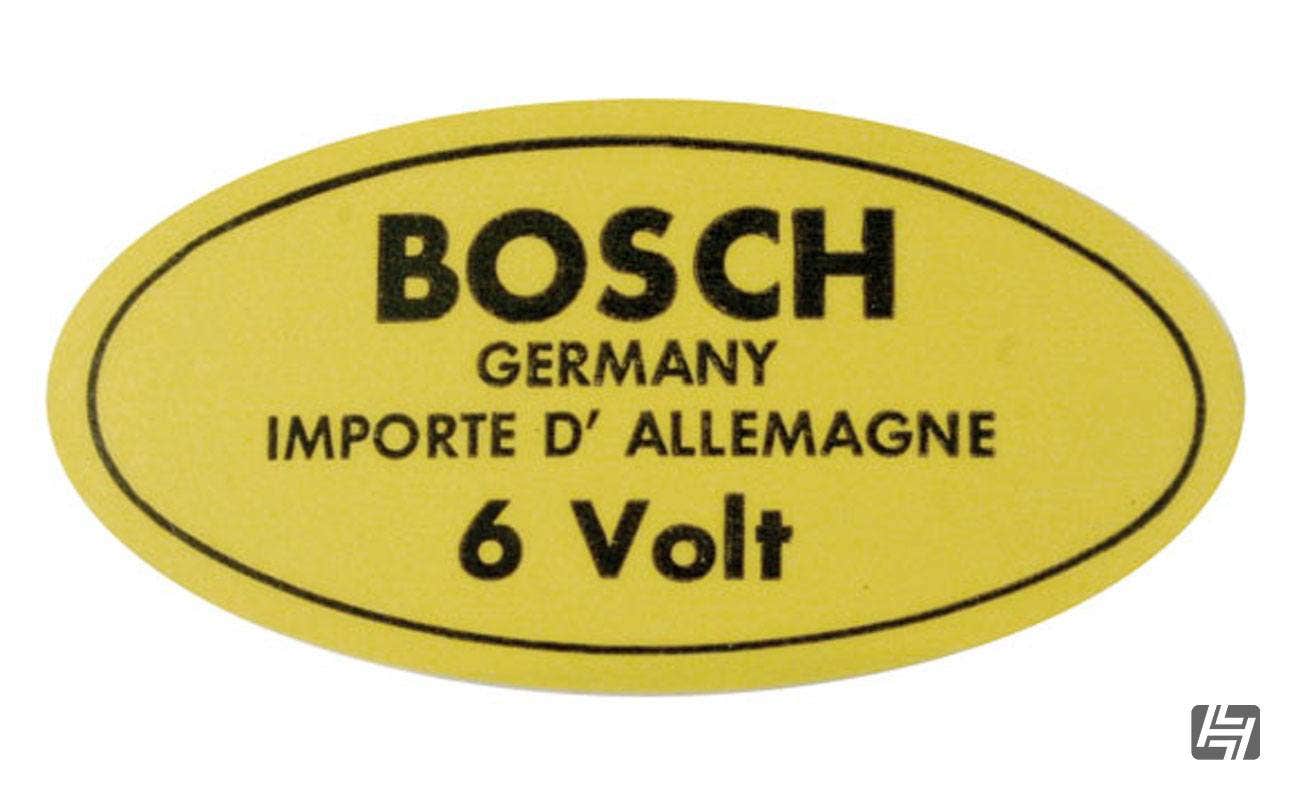

Wipers
These should work quite well in anything other than a torrential downpour, despite the lack of intermittent or multiple speed functions. They sweep pretty quickly when working at their best and if not, then a drop of penetrating oil in the wiper shafts can help free things up if they start running slowly. Even if they appear to be in good condition, wiper blade rubbers can perish and become hard over time. A new set of VW wiper blades will work wonders in that case. If the wipers don’t sweep very far, then the bushes in the linkage may well be worn out.
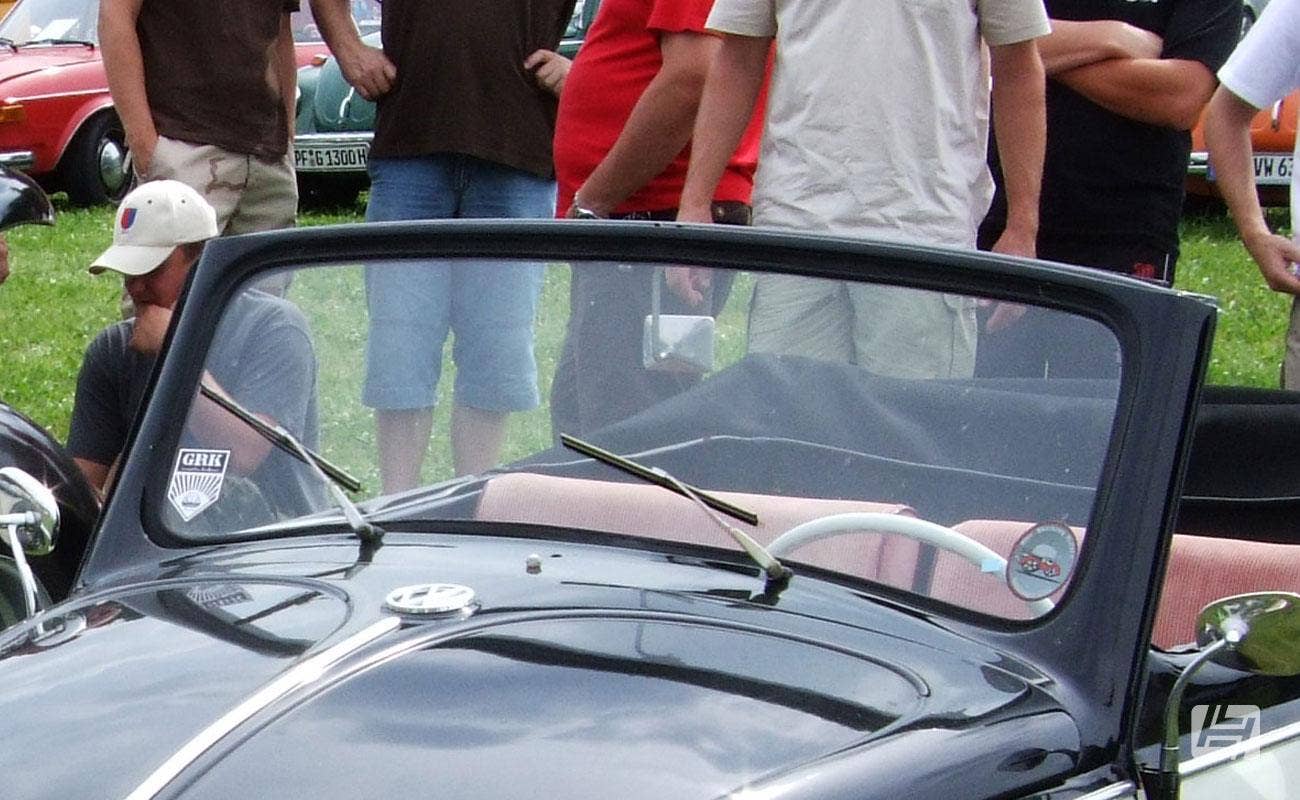

What Price Originality?
As I mentioned at the beginning, a lot depends on what you will be doing with the car. If you value originality and will be mainly using the car for shows and Sunday drives, then there’s little incentive to change it to 12-volts. It’s worth remembering that these cars worked perfectly well when they were new (although I dare say there were a few gripes about the headlights, even back then) and if it's no longer working well, it’s because there’s something wrong and not because of some inherent design flaw. This is usually going to be down to wear and tear and age. Six volt electrics are just that bit more sensitive to any problems, such as corroded terminals and loose connectors, as well as – of course – bad earth connections. I’ve owned and driven a six-volt classic VW for many years and while it’s true that I have had a few electrical problems, these have almost all been related to the lights. Starting and wipers at least have always been trouble free. You just might not want to be doing too many miles after dark.
James D




 Beetle
Beetle
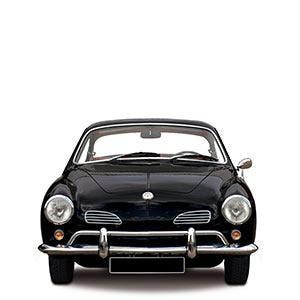 Karmann Ghia
Karmann Ghia
 Type 2 Split
Type 2 Split
 Type 2 Bay
Type 2 Bay
 Type 25
Type 25
 Transporter T5
Transporter T5
 Golf Mk1
Golf Mk1
 Golf Mk2
Golf Mk2


 911
911
 996
996
 997
997
 986 Boxster
986 Boxster
 987 Boxster
987 Boxster
 912
912
 944
944
 924
924






